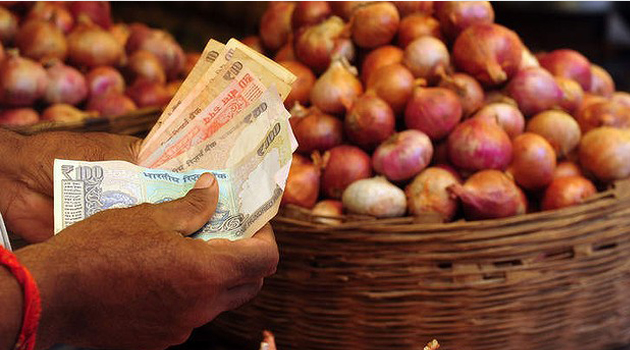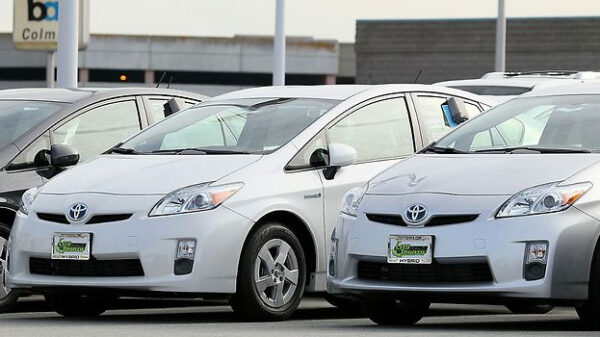NAIROBI, Kenya, May 11- Kenya may in the next two to three years see an additional 300 Megawatts (MW) of electricity from wind power injected into the national grid.
This follows revelation by the Kenya Power and Lighting Company (KPLC) on Monday that it plans to start developing wind energy which will boost electricity supply and in turn ease the high electricity costs.
KPLC Managing Director Eng Joseph Njoroge said an investor had expressed interest in partnering with the utility firm in this venture to generate additional power to meet the demand for electricity that is estimated to increase by eight percent every year.
“We are awaiting the approval from the government so that we can bring on board the investor who will put up a wind firm,” said the MD.
The development of this type of energy stems from the government’s commitment to develop renewable sources of energy and reduce the over reliance on hydroelectric power, which has largely been unreliable due to the erratic weather patterns.
Speaking on the sidelines of the on-going two-day renewable energy workshop, Mr Njoroge hinted at the possibility of setting up of another wind plant to run alongside the existing five megawatts facility in Ngong.
However, Eng Njoroge maintained that they would continue to mainly concentrate on exploiting the potential in geothermal resources – a ‘renewable source which does not run out’.
He said although the initial outlay for these projects is very capital-intensive, the benefits to be accrued from these investments in the long term are major.
“We have to be ready and sacrifice to invest heavily (in these projects) in the short term but the benefits in the long term are worth it,” he added.
Industry players are however of the opinion that for the cost of electricity in the country to significantly come down, the government needs to reduce the Value Added Tax (VAT) on electricity energy by 20 percent.
Last year the government cut the VAT from 16 percent to 12 percent but this move has not had any major impact on power bills for domestic consumers.
During the meeting, KPLC Chief Manager for Planning and Performance Contracting David Mwangi said they were currently processing several applications from independent power producers who want to develop small hydros for electricity generation.
Eng Mwangi attributed this interest to the ‘Feed-in tariff’ policy on wind, biomass and small hydros which is being implemented by the government and which outlines the charges that the KPLC can use to purchase power from the producers.
“We have started getting Expressions of Interests from people who want to develop small hydros of about 10MW and below but this is just the beginning. I’m sure many more will come,” he said of the strategy.
Eng Mwangi said the policy, among other benefits, would help simplify the Power Purchase Agreements (PPAs) as it is expected to make it easier for KPLC to procure capacity and/or energy from such sources without going through the conventional power purchase agreements.
“It is the first time that the government is coming up on a policy that makes it much easier for procurement of such capacity. Negotiating a conventional PPA takes a lot of time and it is quite complicated,” he explained.
“But now when the government says you have this ceiling amount, you can negotiate a tariff and then you are able to move more quickly from a procurement point of view,” Eng Mwangi added.


































